Join the VIP Teacher Club!
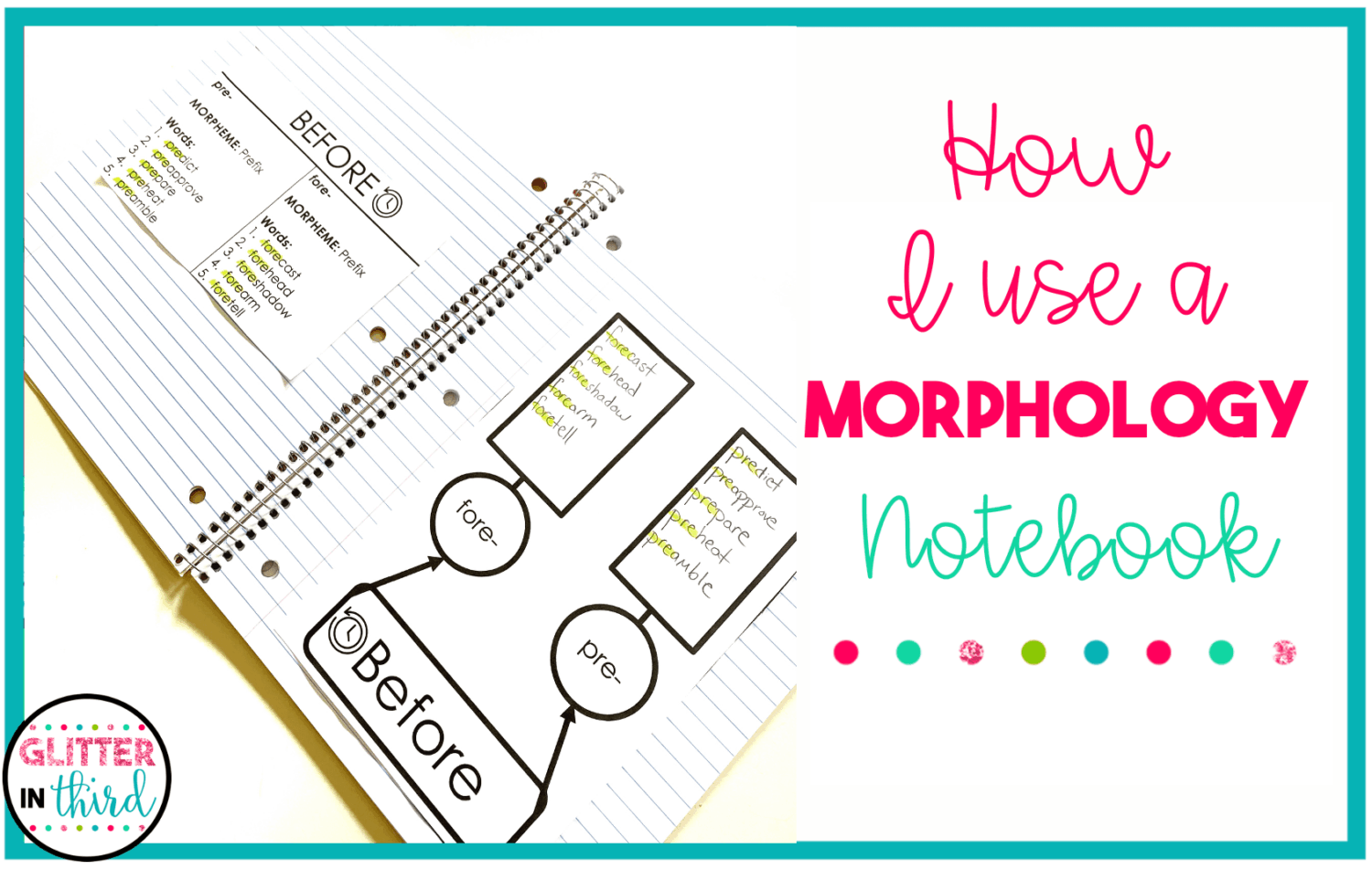
I’ve tried a lot of vocabulary strategies over the years—word walls, sticky note definitions, flashcards, you name it. But nothing has helped my students build long-term word knowledge quite like using a morphology notebook.
It’s simple. It’s consistent. And most importantly, it works.
If you’re looking for a way to build vocabulary through the Science of Reading, a morphology notebook gives students tools they can use every day to break down words, build meaning, and grow their confidence as readers.
Here’s how I use it in my classroom—and why it’s become one of the most effective parts of our word study routine.
The Science of Reading emphasizes the importance of teaching students how words work—not just what they mean. That’s where morphemes come in. Morphemes are the smallest units of meaning in a word, and they include:
By focusing on these word parts, students begin to:
This type of instruction fits directly into the Meaning Layer of Scarborough’s Reading Rope—an essential model in understanding how skilled reading develops. If you want a quick refresher or a helpful visual to see where morphology fits in, check out this breakdown of the Science of Reading Rope.
A morphology notebook brings all of this together in one consistent, organized place.
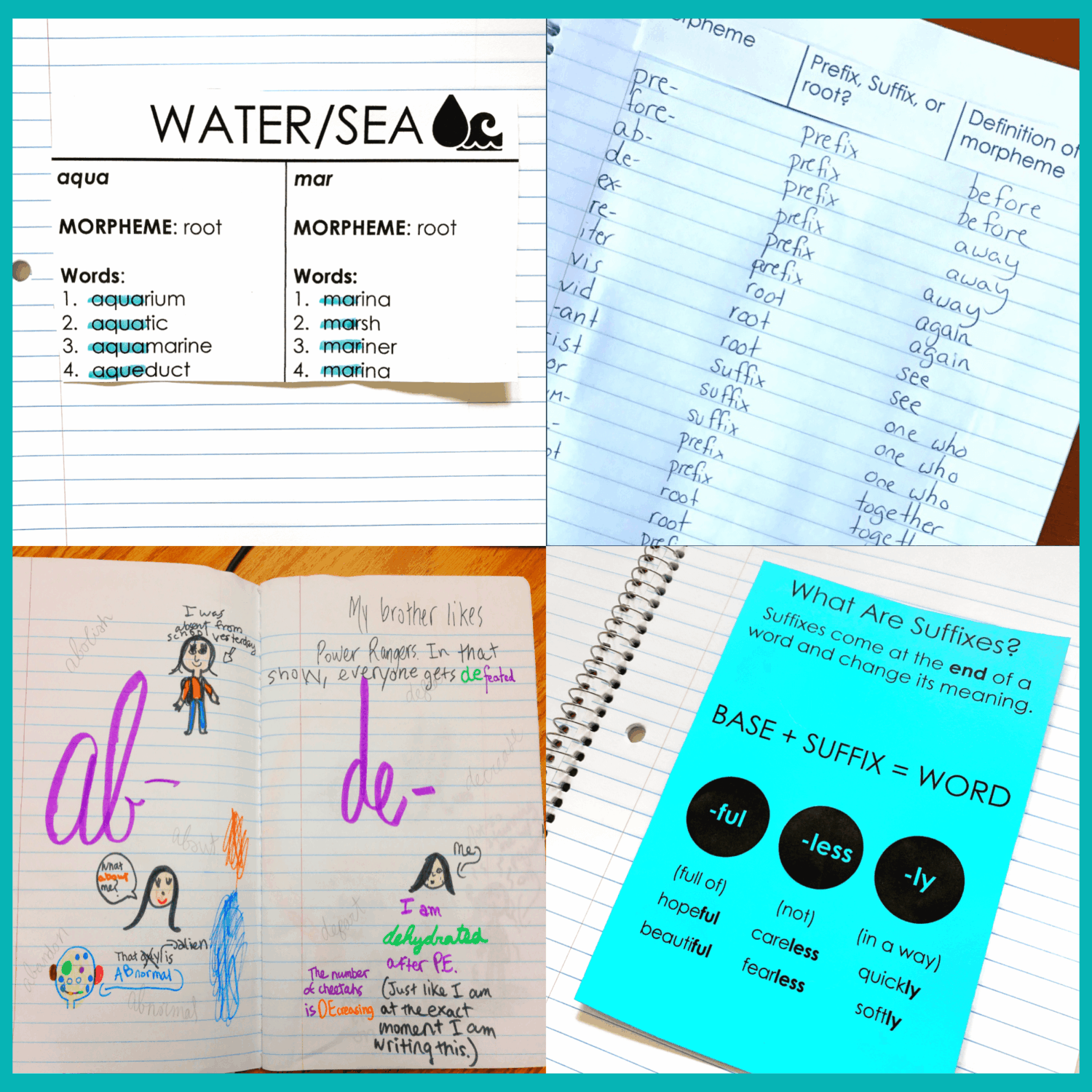
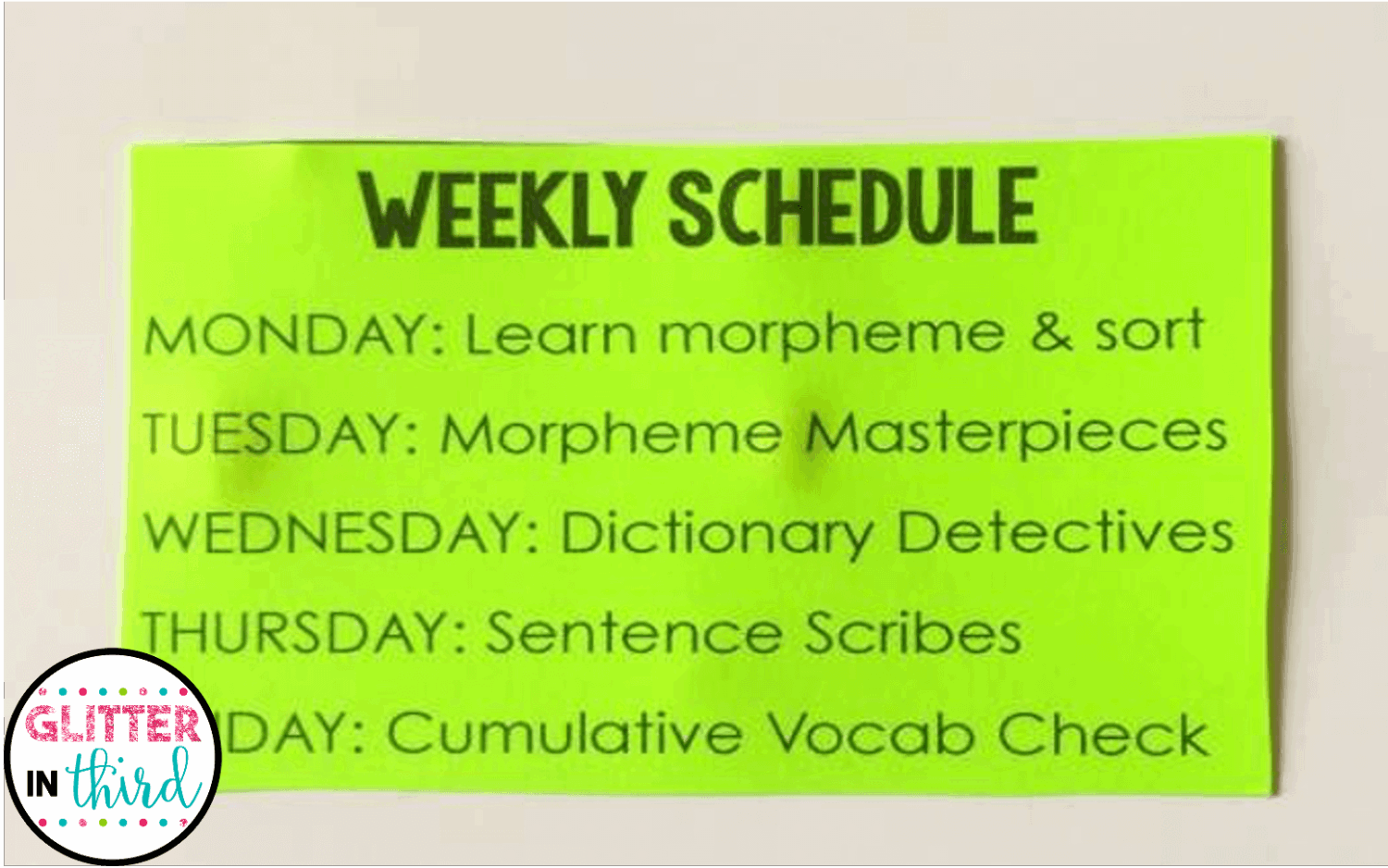
Each week, we focus on a new morpheme. Inside the notebook, students complete structured pages that help them:
It’s predictable, supportive, and easy to manage—even on busy days.
We spend about 10 minutes a day using our morphology notebooks. Here’s a typical weekly flow:
Monday: Introduce the morpheme
We define it together and look at sample words. Students write everything down in their notebooks.
Tuesday: Word building
Students create new words by combining the morpheme with different base words. They define the new words and sometimes illustrate them.
Wednesday: Word hunt
Students look for examples of the morpheme in books, classroom posters, or content-area texts. If they find one, they write it down and use it in a sentence.
Thursday: Writing practice
Students apply the morpheme by writing a short sentence, story, or paragraph using one or more words they’ve learned.
Friday: Review or vocabulary game
We do a quick review or play a simple word part game to reinforce what we’ve learned.
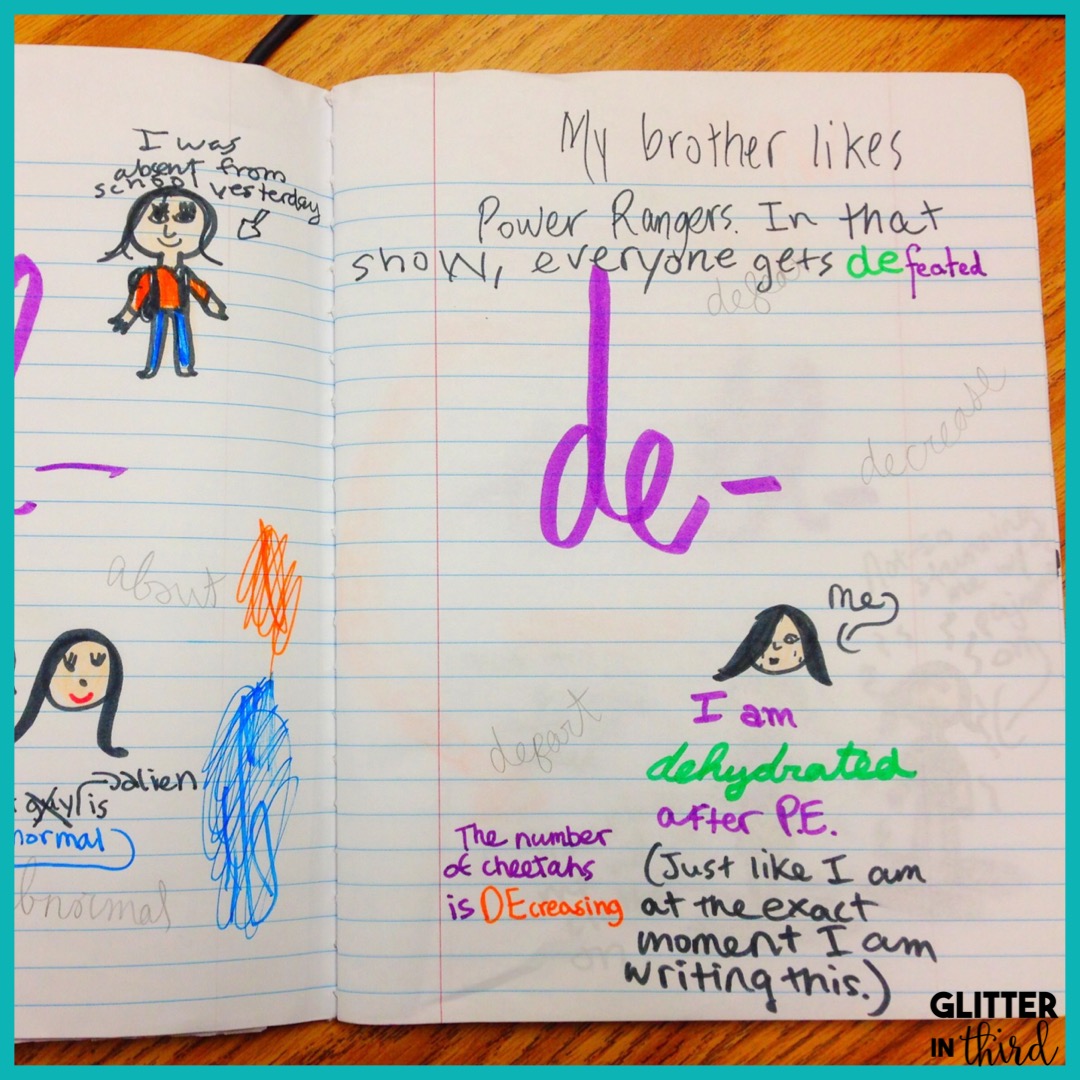
Using this notebook consistently throughout the year has made a big difference. Students begin to see word parts everywhere—during read-alouds, in science vocabulary, and even during writing time. They’re more willing to attempt big words because they know how to break them down.
Even my hesitant readers have found success using morphemes to unlock word meanings. And having everything in one place has made review and reteaching so much easier for me.
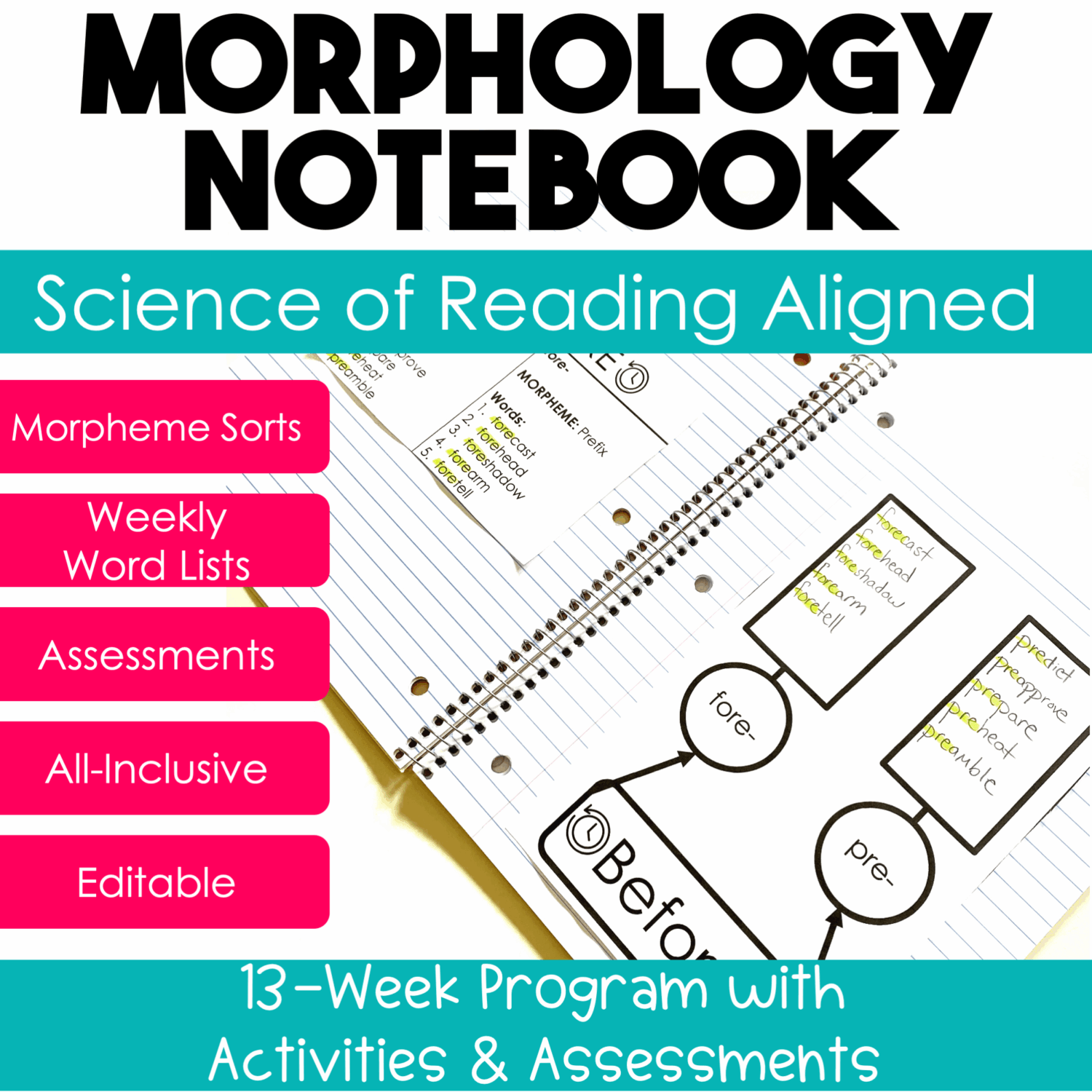
If you’d like to use a Morphology Notebook that’s already designed and classroom-tested, I created one that’s ready to go. It includes:
You can take a closer look at it here.
Teaching morphology doesn’t have to take over your reading block. With just a few minutes a day and a consistent routine, you can help students build vocabulary that lasts all year—and beyond.

Hey there, I’m Kelly! I I love helping teachers save time with technology and resources so they have more hours in the day to spend with family and friends. Take a look around to find new ideas that you can implement in your classroom today!